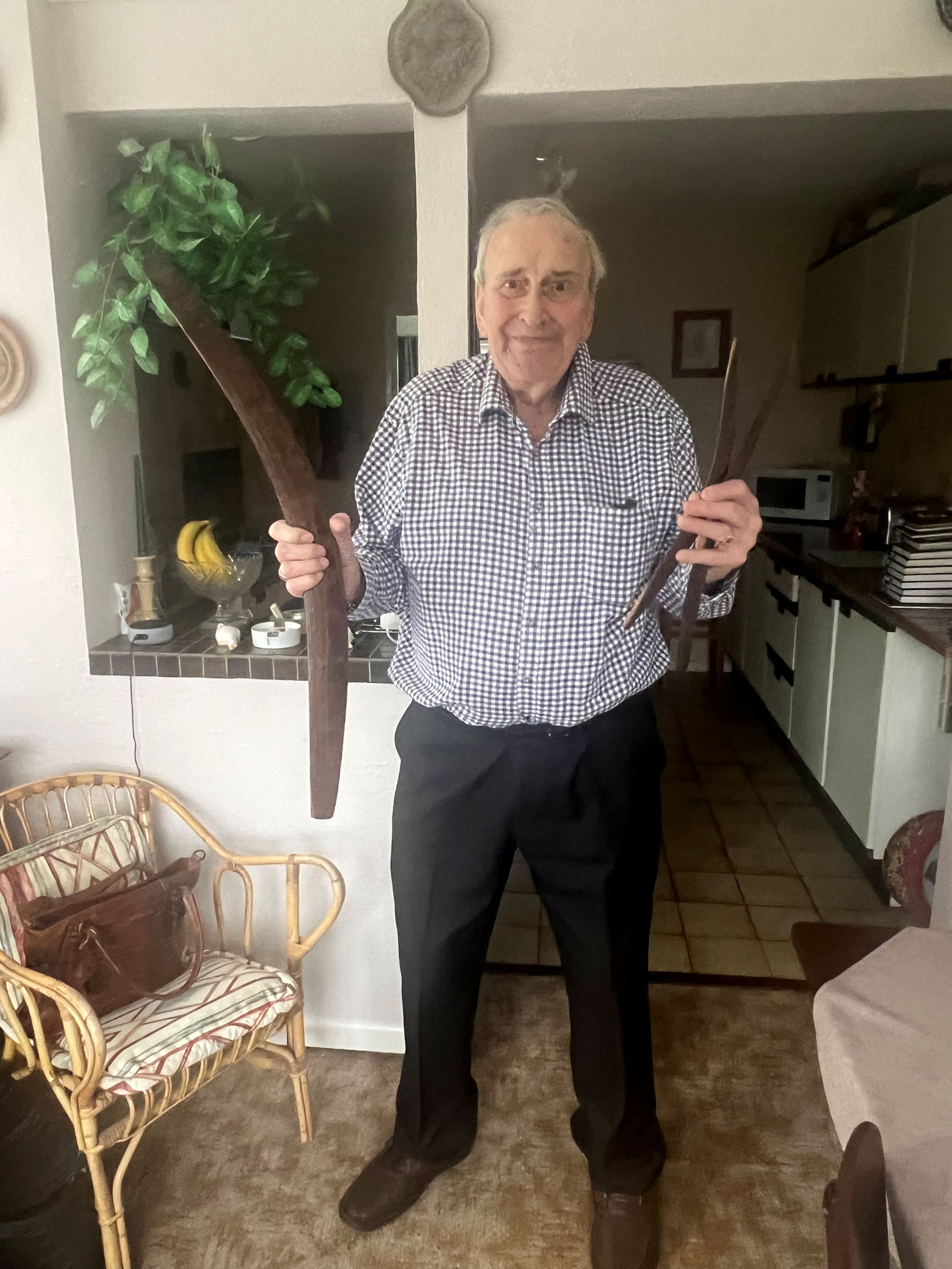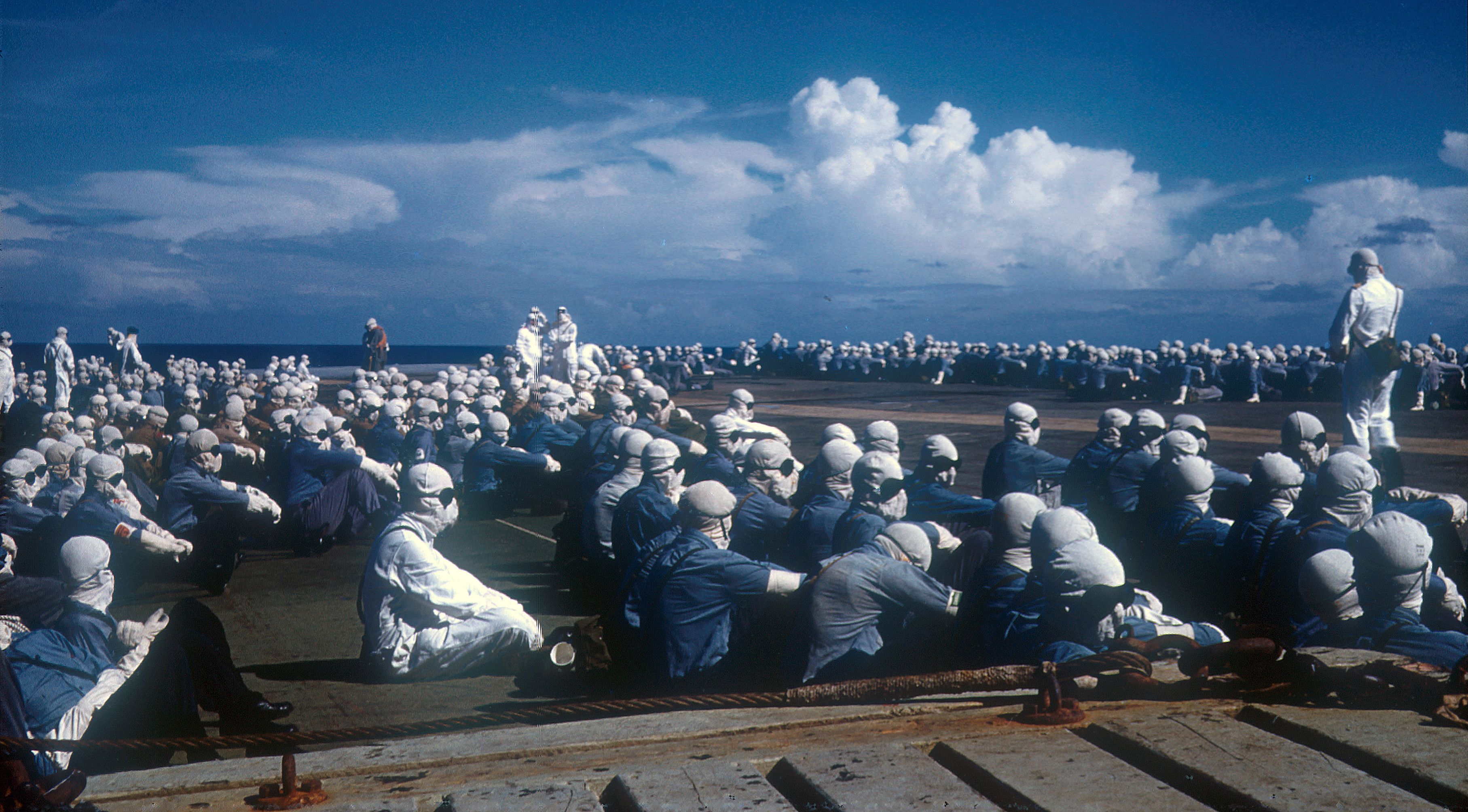
Kenneth Sims was born in 1937 in Didcot and was raised by a single mother. He joined the RAF for National Service at the age of 18, choosing to sign on for three years. He was posted to Cyprus. After completing his service in the Royal Air Force (RAF), Sims went on to work at the Atomic Weapons Research Establishment (AWRE) at Aldermaston. He was subsequently sent to Maralinga as a civilian worker, where he contributed to the Minor Trials. After leaving the AWRE, Sims pursued a career at Dynarod. He has enjoyed his retirement and has a keen interest in music. Ken lost his wife a number of years ago and currently lives in Mortimer, Berkshire.
Interview extracts
Description
Ken Sims occupies a unique position within this collection of interviews, as a non-scientist civilian worker at Aldermaston Weapons Research Establishment. He became a nuclear test veteran due to his involvement in minor trials in Maralinga in the early 1960s. The minor trials, of which there were around 550, are renowned for having produced more radioactive waste than all the atmospheric tests combined. In this clip, Sims describes the casual attitude he took to man-made radiation at the time, reflecting on the process of ‘scrubbing up’ after being exposed to radioactive materials.
This is a short extract from an in-depth interview. Ken Sims was recorded for the Oral History of British Nuclear Test Veterans project in 2024. The interviewer was Christopher R Hill. This project was run in partnership with National Life Stories and the full interview can be accessed at the British Library.
Transcript
Oh, I’ll tell you a funny little joke if I may. We, well, tents [?], we were working away and every time you left the workshop you had to scrub up, obviously you’d scrub your arms and all the bits of you, and there’s four of us and I was driving the Land Rover. ‘Come on Ken, we’ll go to lunch.’ ‘Okay.’ They scrubbed up, hands in the Geiger counter, sat in the Land Rover. I scrubbed up, there was two Geiger counters, I went up to the other one, never give it a thought, put my hands in it. Beep beep beep. Bloody hell. Scrubbed up, scrubbed up. Hands in again. Beep beep beep. ‘Come on Ken, we’ll be late for lunch.’ ‘I'm coming’, I said, ‘I’m not clean yet’. ‘Okay, try again.’ So I’m scrubbing up, I’m trying to… hands in the Geiger counter, beep beep beep. The bloody thing’s still wrong, try the other one. Tried the other one, the other one was out of action. Yeah. Yeah. [laughs]
Right. So in the end you got fed up, decided I’ll use the other one, and walked through.
[ends at 0:01:03]
Description
Ken Sims was born in 1937. In the 1950s he signed up for an extra year in the RAF after being called up for National Service, and he also served in Cyprus. He later joined the Atomic Weapons Research Establishment (AWRE) at Aldermaston, which led to him travelling to Maralinga, Australia. Here he assisted the scientific team in tests that became known as the Minor Trials. In this clip he replays his reaction to encountering the remains of a detonation at Maralinga.
This is a short extract from an in-depth interview. Ken Sims was recorded for the Oral History of British Nuclear Test Veterans project in 2024. The interviewer was Joshua A Bushen. This project was run in partnership with National Life Stories and the full interview can be accessed at the British Library.
Transcript
It looked like a glazed conical in the earth. Massive. I couldn’t tell you the size of it, I was just there, I didn’t measure it. But I stood on the edge of it, and it was just like glass, and I thought, Christ, the sand and the rock, there’s so much heat, it’s turned it to glass. Enough heat, and I thought, what sort of explosion must that have been. And it really brought it home. Again, if I’d have seen that conical on there I’d have said, oh yeah, that’s where the bomb was let off, but being stood there with it – and you had special gear on because it had just been cleaned and it was, all the radiation had gone, or they said… - and we wanted to see it because it was so big, you know? And it was amazing to me that the sand and the rock, and it was, I can’t really imagine how big it was, but it was a huge, huge conical shape and it was dead smooth all the way round. And I looked at that and I said, please, don’t ever use this thing in terror, just have it as a deterrent. Because the damage it did, and pieces of wood, stakes, knocked through pieces of wood, blown through pieces… the force that that must have had to go through there, you know? You’d see pieces of wood gone through a side of a building or whatever. You’d think, how the hell did that get through there?
[ends at 0:01:29]


